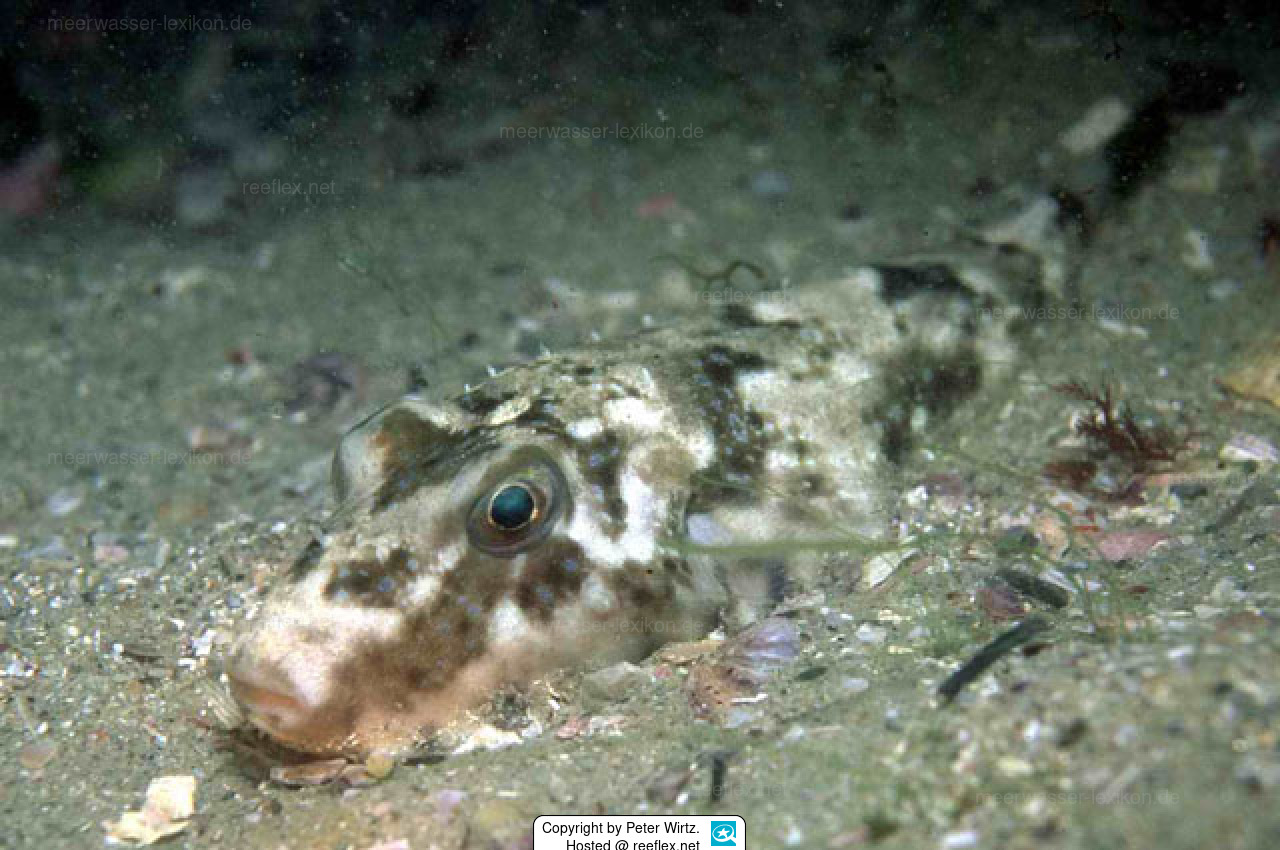Info
Distribution:
Western Atlantic: Honduras to Santa Catarina, Brazil.
Biology:
Found over soft bottoms generally with vegetation such as Thalassia testudinum. Prefers turbid water.
Feeds on marine invertebrates.
Locally consumed but its visceral organs may be toxic.
Threat to humans:
Reports of ciguatera poisoning.
Synonymised taxa:
Sphaeroides eulepidotus (Metzelaar, 1919)
Spheroides greeleyi Gilbert, 1900 (misspelling)
Puffer fish can produce toxins such as tetrodotoxin and saxitoxin and accumulate them in the skin, gonads and liver.
The toxin tetrodotoxin, which is contained in the fugu, is 1000 times more toxic than cyanide and there is no antidote serum, death then occurs by respiratory paralysis
The degree of toxicity varies depending on the species, but also on the geographical area and season.
We recommend that you never prepare puffer fish yourself, as the risk of fatal poisoning is far too great.
If you still absolutely want to eat puffer fish meat (fugu), then the fish should only be slaughtered by a Japanese special chef with a license and several years of training.
Only the training of these special chefs can guarantee the correct slaughter, complete removal and proper disposal of all toxic parts of the fish.







 Prof. Dr. Peter Wirtz, Madeira
Prof. Dr. Peter Wirtz, Madeira


















